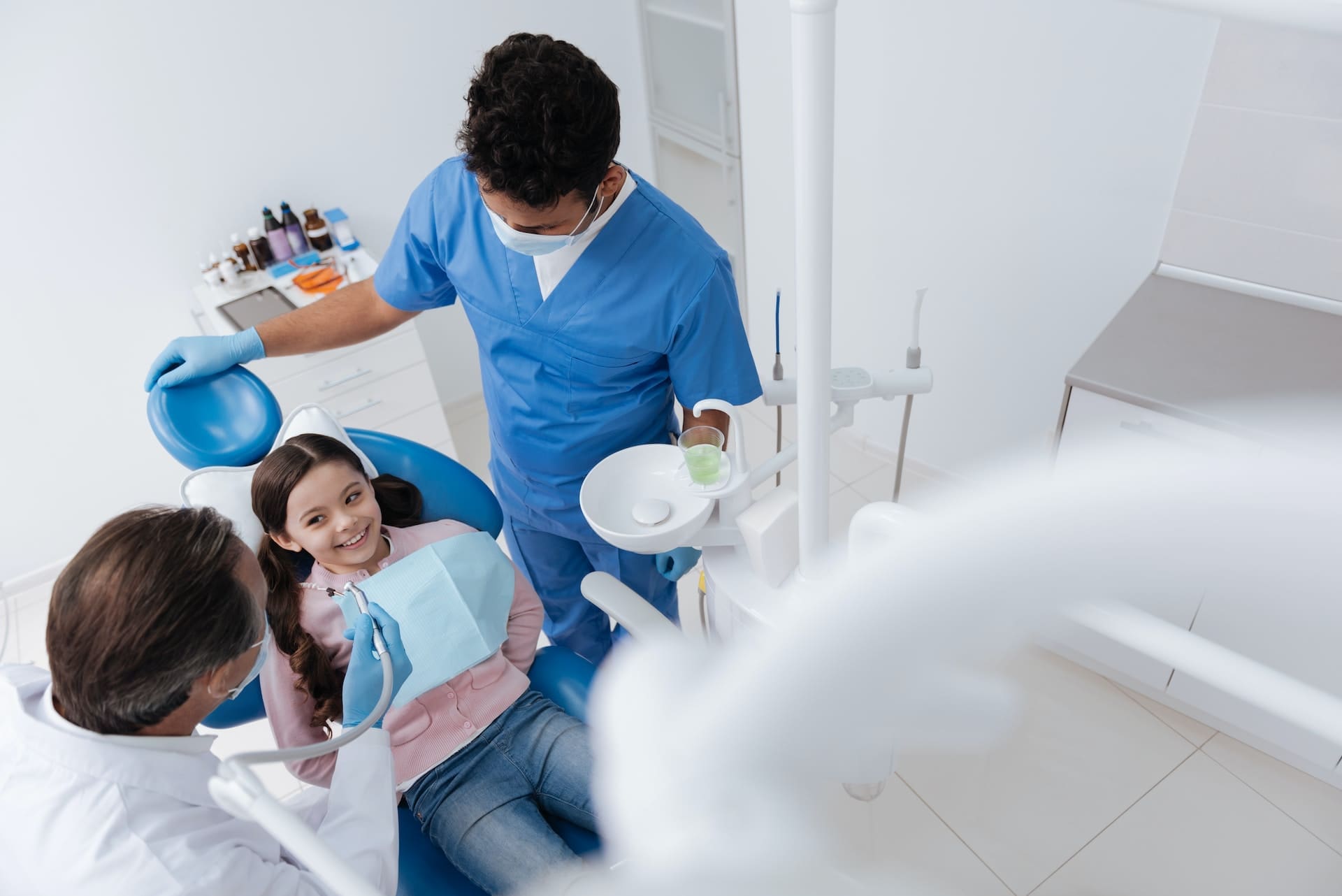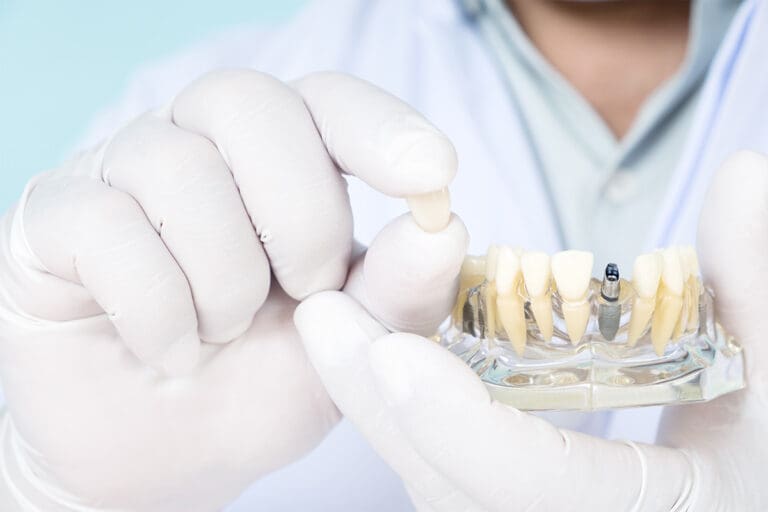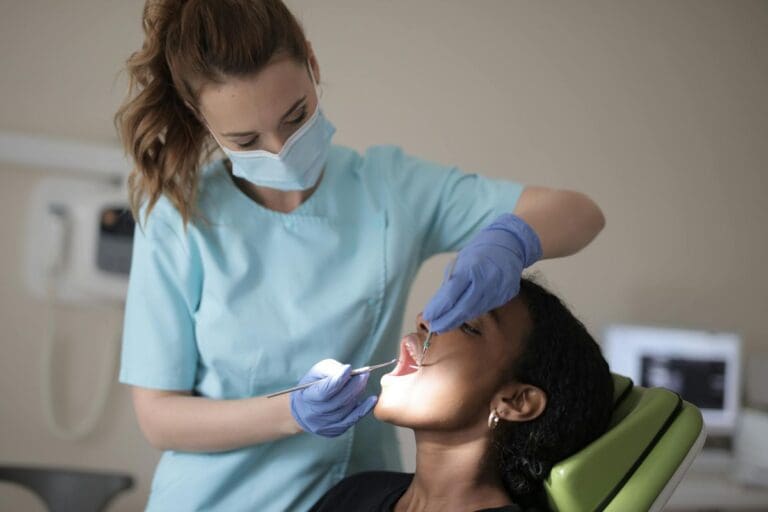As parents, it becomes our responsibility to seek accurate information when it comes to our children’s oral health. However, a vast array of misconceptions and myths can sometimes lead to confusion and poor decision-making. It is crucial to have correct, evidence-based knowledge to support our children’s dental development and overall well-being. In this article, we dispel some of the most common children’s oral health misconceptions, separating fact from fiction and helping you make well-informed choices for your child’s dental care.
Become an informed parent by understanding the truth behind these prevalent myths and misconceptions. As a result, you will feel confident in your decisions, fully equipped to foster a healthy dental environment, and promote lifelong oral health for your child.
Dispelling Children’s Oral Health Misconceptions: Separating Fact from Fiction
1. Myth: Sugar is the Only Cause of Tooth Decay
Fact: While sugar is a significant contributing factor to tooth decay, it is not the sole cause. Tooth decay occurs when bacteria in the mouth convert sugar into acid, which attacks tooth enamel and ultimately leads to cavities. However, carbohydrates from foods like bread, pasta, and crackers can also be broken down into sugar in the mouth, causing similar issues. Additionally, poor oral hygiene, inadequate saliva production, and a history of cavities can increase one’s risk of tooth decay.
To protect your child’s teeth, balance their diet with nutritious choices, limit sugary snacks, and teach them the importance of maintaining a consistent oral hygiene routine, including regular dental checkups.
2. Myth: Flossing is Unnecessary for Children
Fact: Flossing is a crucial part of a child’s oral hygiene routine because a toothbrush cannot adequately clean between teeth. Flossing helps remove plaque and food debris from areas brushes cannot reach, preventing gum disease, bad breath, and tooth decay. The American Dental Association (ADA) recommends that parents introduce flossing as soon as two adjacent teeth emerge, and children should floss daily once they are able to do so independently.
Teach your child proper flossing technique, using either traditional dental floss or child-friendly flossing tools. Make flossing fun by incorporating it as a daily family habit and praising your child for their efforts.
3. Myth: You Do Not Need to Clean a Baby’s Gums Before Teeth Emerge
Fact: Even before your baby’s first tooth appears, it is essential to clean their gums to establish a healthy oral environment and remove harmful bacteria that could lead to future dental issues. The American Academy of Pediatric Dentistry (AAPD) recommends wiping your infant’s gums gently with a moist, soft cloth or piece of gauze at least once a day.
By starting oral care at an early age, you lay the foundation for healthy dental habits and familiarize your child with the sensation of cleaning their mouth—making the transition to brushing and flossing easier as they grow.
4. Myth: Bottle Feeding or Breastfeeding Cannot Cause Cavities
Fact: Both bottle feeding and breastfeeding can contribute to tooth decay, particularly if a child falls asleep while feeding. As they sleep, natural sugars from breast milk or formula remain in the mouth, creating an environment where bacteria can thrive and produce acid that damages tooth enamel. This condition is known as baby bottle tooth decay or early childhood caries (ECC).
To minimize the risk of ECC, avoid letting your child fall asleep with a bottle or while nursing. The AAPD also advises against filling the bottle with sugary beverages and gradually decreasing nighttime or naptime feedings to avoid prolonged exposure to sugar.
5. Myth: Dental X-Rays are Dangerous for Children
Fact: Dental X-rays are a safe and effective tool used by pediatric dentists to diagnose and monitor potential oral health concerns at an early stage. Modern dental X-ray technology exposes children to minimal radiation, vastly reducing the risk of harmful effects. The ADA and AAPD endorse the use of dental X-rays as a vital component of comprehensive pediatric dental care.
Pediatric dentists follow the ALARA principle (As Low As Reasonably Achievable) to minimize exposure, using lead aprons and thyroid collars to protect your child during the procedure.
6. Myth: Chewing Gum is Bad for Kids’ Teeth
Fact: While excessive gum chewing can lead to jaw problems or dental work damage, sugar-free gum can actually be beneficial for children’s oral health. Chewing sugar-free gum stimulates saliva production, which helps neutralize acids, wash away food particles, and remineralize tooth enamel—reducing the risk of tooth decay.
Ensure that your child chooses sugar-free gum with the ADA Seal of Acceptance, guaranteeing that the product has met strict criteria for safety and efficacy. Encourage them to chew gum for approximately 20 minutes after meals, leveraging this enjoyable activity as an oral health-promoting practice.
Embrace Accurate Dental Information for Your Child’s Optimal Oral Health
In conclusion, understanding the facts behind common misconceptions about children’s oral health is vital for guiding them towards a lifetime of healthy smiles. As a proactive parent, learning accurate information empowers you to make well-informed decisions and cultivate excellent dental habits for your child.
At Waban Dental Group – Pediatric Dentistry & Orthodontic, our pediatric dentistry professionals are committed to providing your child with an exceptional oral healthcare experience. We encourage you to schedule an appointment with us today to begin your journey towards nurturing a healthy, bright, and confident future for your little ones. Enter the world of Boston children’s pediatric dentistry armed with knowledge and trust in the dedicated team at Waban Dental Group – Pediatric Dentistry & Orthodontic, where we transform dental care into a positive and enjoyable experience for the whole family.







